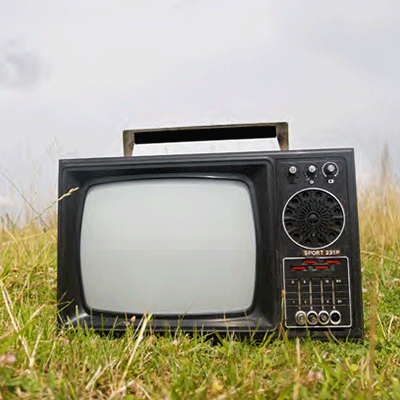 With the sharp marketplace decline of Cathode Ray Tubes (CRTs), an entire industry of leaded glass-to-glass recycling has collapsed, leaving behind a growing environmental challenge for recyclers and society as a whole.
With the sharp marketplace decline of Cathode Ray Tubes (CRTs), an entire industry of leaded glass-to-glass recycling has collapsed, leaving behind a growing environmental challenge for recyclers and society as a whole.
In the time since the first CRT-based televisions entered the American consumer market, glass used for screen fabrication has been sourced from the recycled screens of earlier generation CRTs. At first these resulting materials were sold to CRT manufacturers, forming a closed loop. Over time the glass-to-glass recycling process nearly vanished. A decade ago, over a dozen American plants recycled CRT glass for reuse in new tubes. Today, only two factories globally – both in India – remain.
Currently, when televisions and monitors are discarded for scrap, the leaded tube glass is extracted and then processed further to remove toxic oxides, phosphor and dust. This leaded tube glass on average, contains between four and eight pounds of lead. Responsible processing of this glass is critical to protect our health and preserve the environment.
Responsible recyclers typically choose to process materials in accordance with one of two recycling standards – e-Stewards or R2 – to make certain electronics collected for recycling at their facilities are handled properly. As options for glass-to-glass recycling have become scarce and more expensive in recent years, some uncertified recyclers who have been avoiding this costly and limited disposal process, have now accumulated large volumes of leaded glass. Over time this glass has grown to be a liability, and these recyclers are starting to view their only alternative as abandonment. Unfortunately these warehouses of abandoned glass are becoming more common as recyclers look for short terms solutions.
In August, state regulators discovered deserted warehouses in Colorado, California, Arizona and Washington that combined held more than 20 million pounds of CRTs and CRT glass.
Environmental experts reviewing the extremely dusty facilities have labeled the sites as environmental and economic disasters. It is important to note that none of these CRT-filled warehouses discovered in August were owned by companies holding either R2 or e-Stewards certifications.
Sims Recycling Solutions currently holds the Responsible Recycling Practices (R2) certification, cooperating with recognized industry associations and standards bodies to help ensure the use of reliably safe CRT disposal practices. We are likewise currently working to achieve e-Stewards certification at all North American sites for electronics disposal and reprocessing.
Sims Recycling Solutions has made efforts to find a solution for this material and even invested in machinery that will help prepare these devices for further processing out of the facility in Canada. It is a significant problem and one that is in need of an innovative and permanent solution and until then, the industry may continue to have issues, such as abandonment, arise.
Sims Recycling Solutions is committed to the ecologically sound and sustainable use of resources and strives to operate in a manner which minimizes waste and prevents pollution – Learn more about our certificates and standards.
